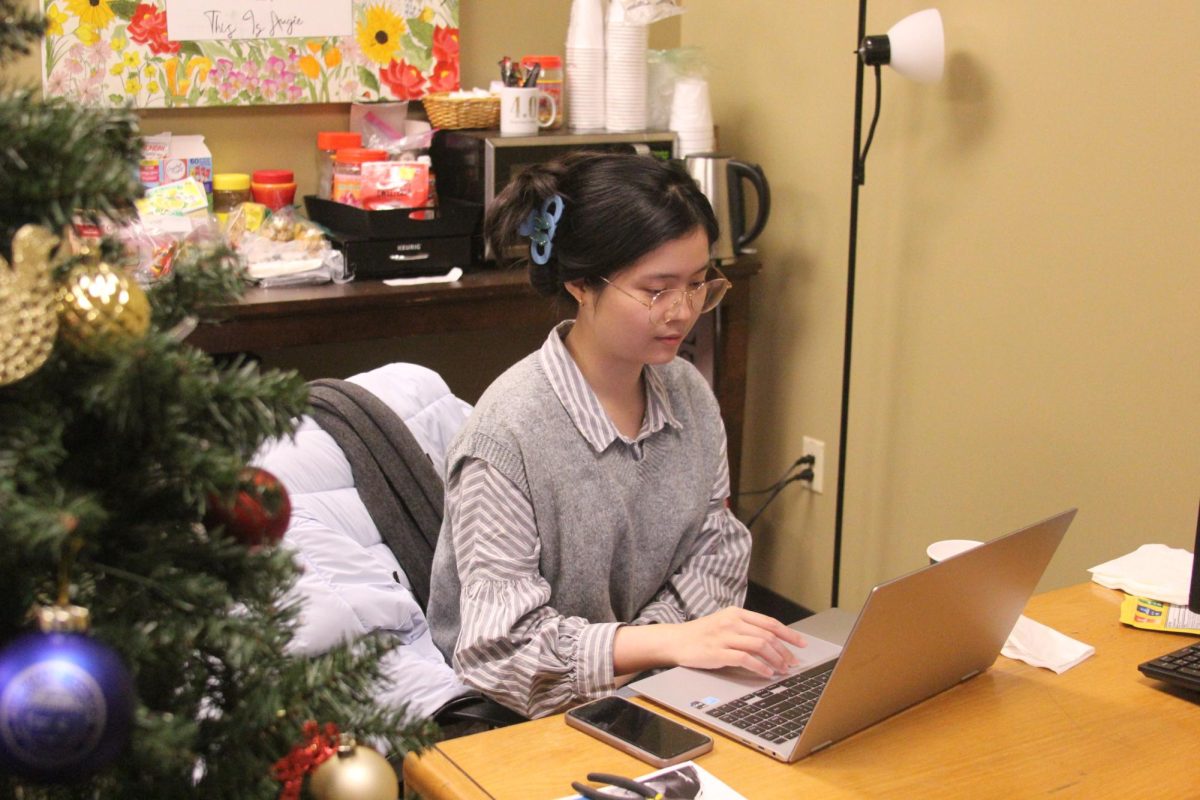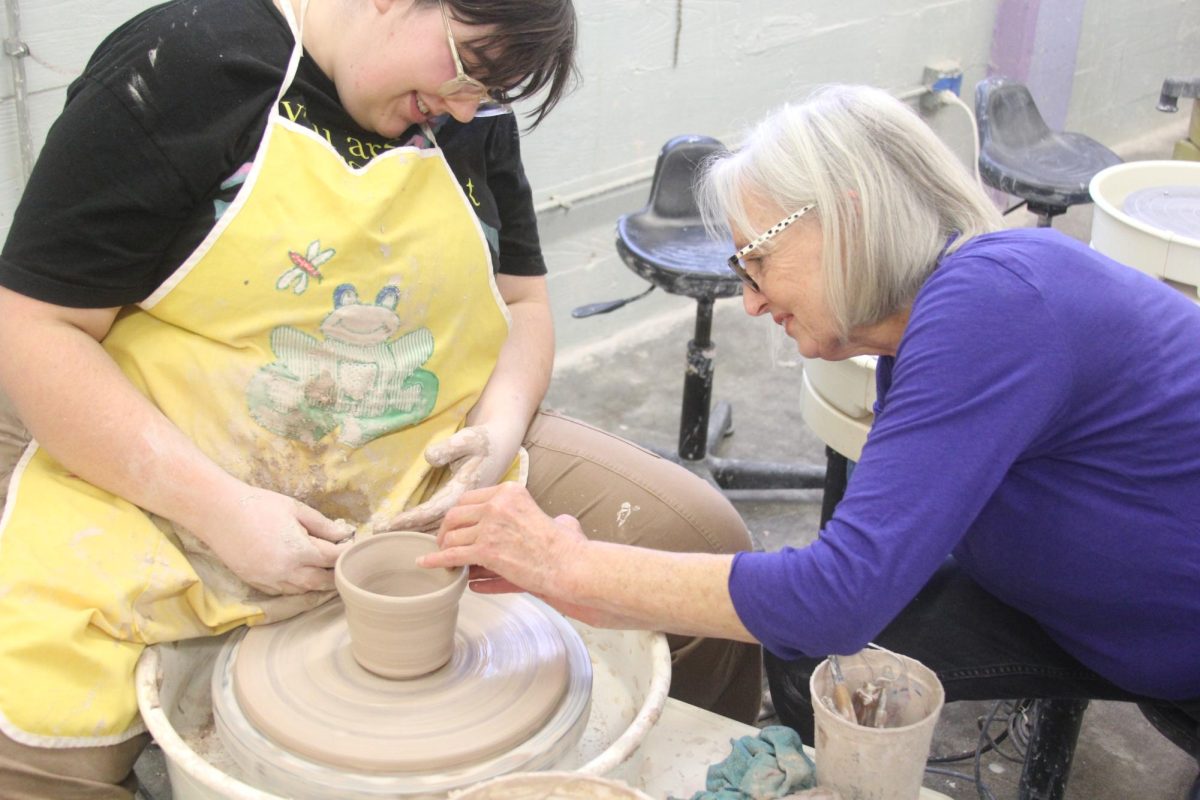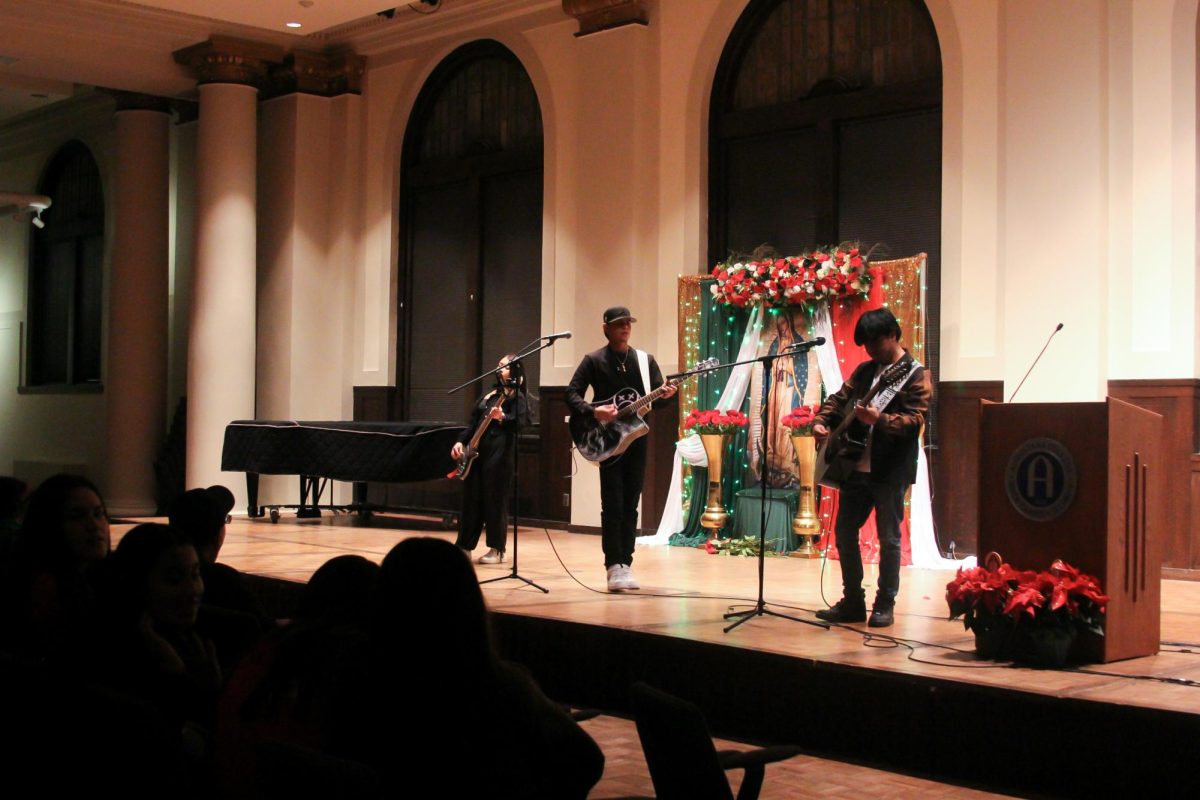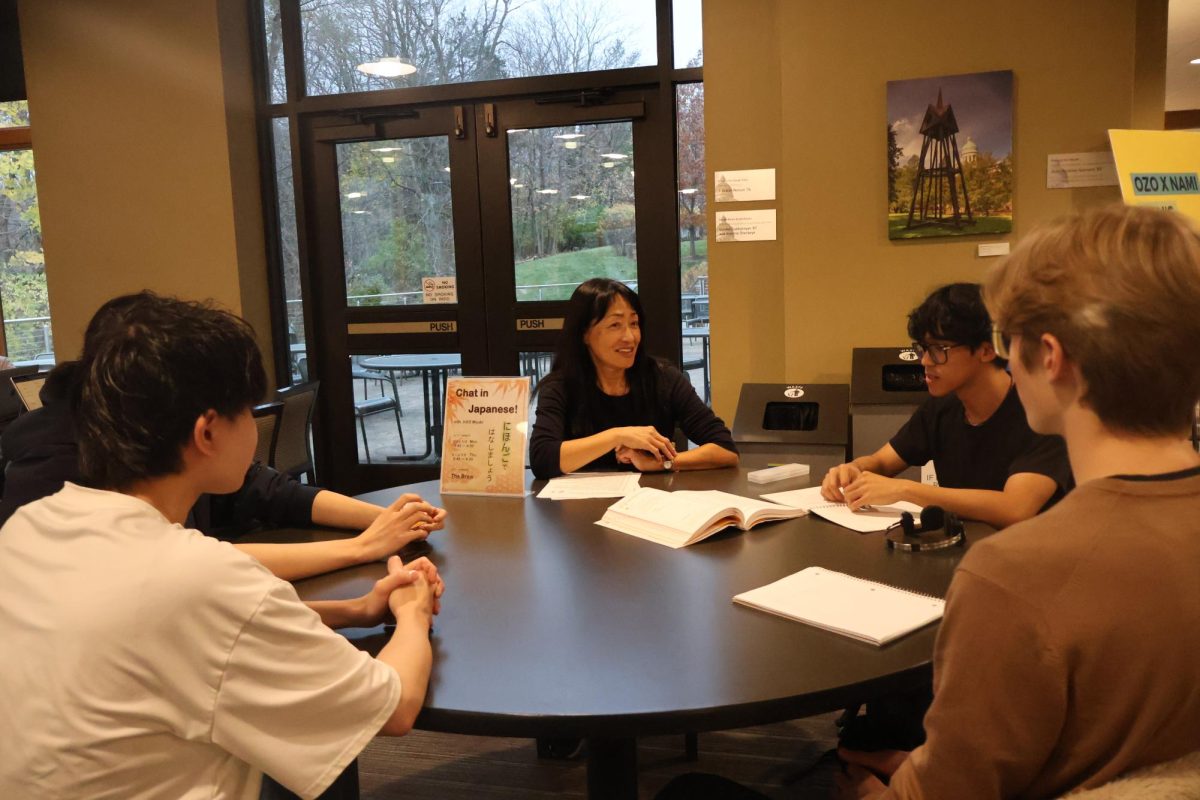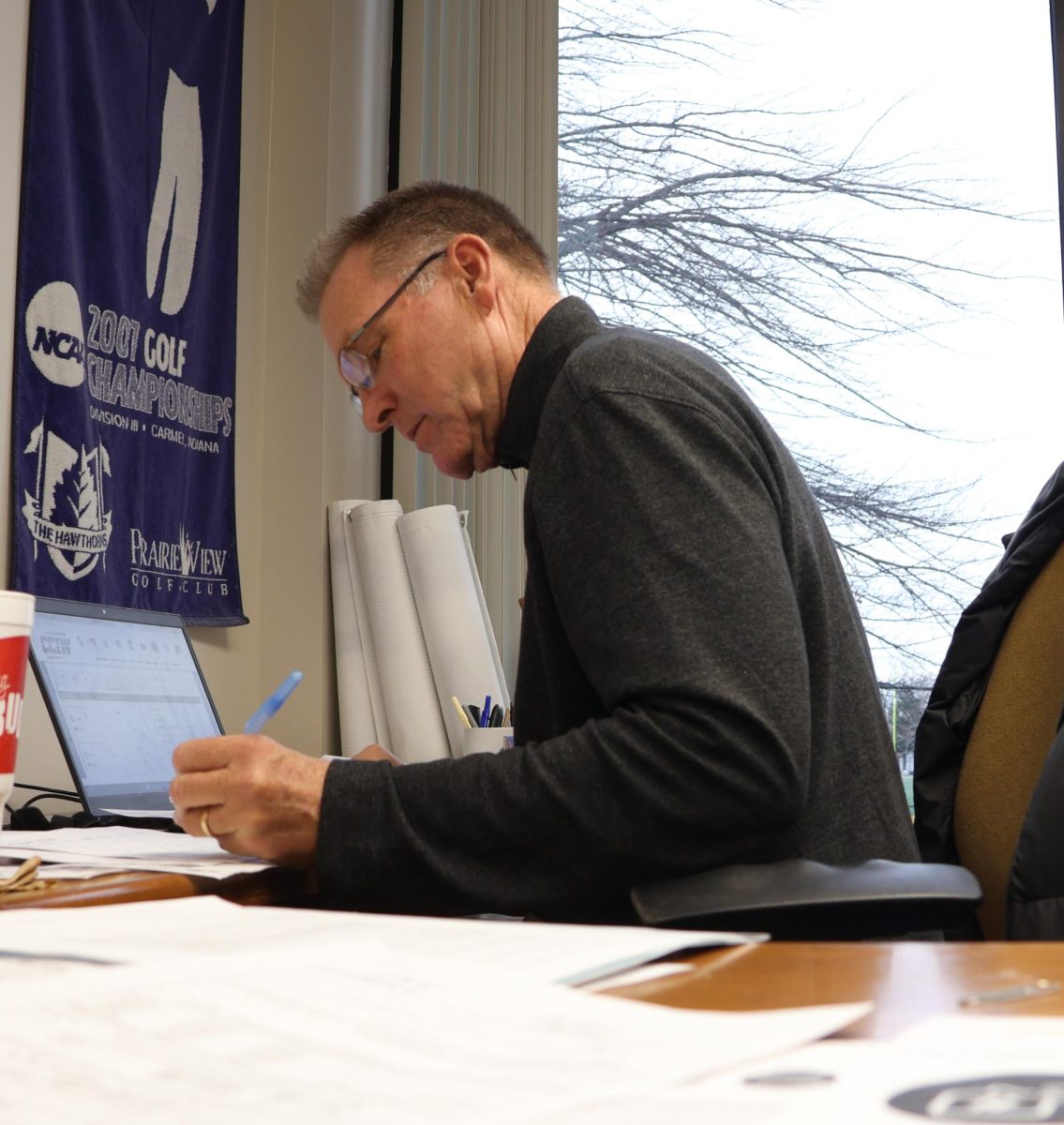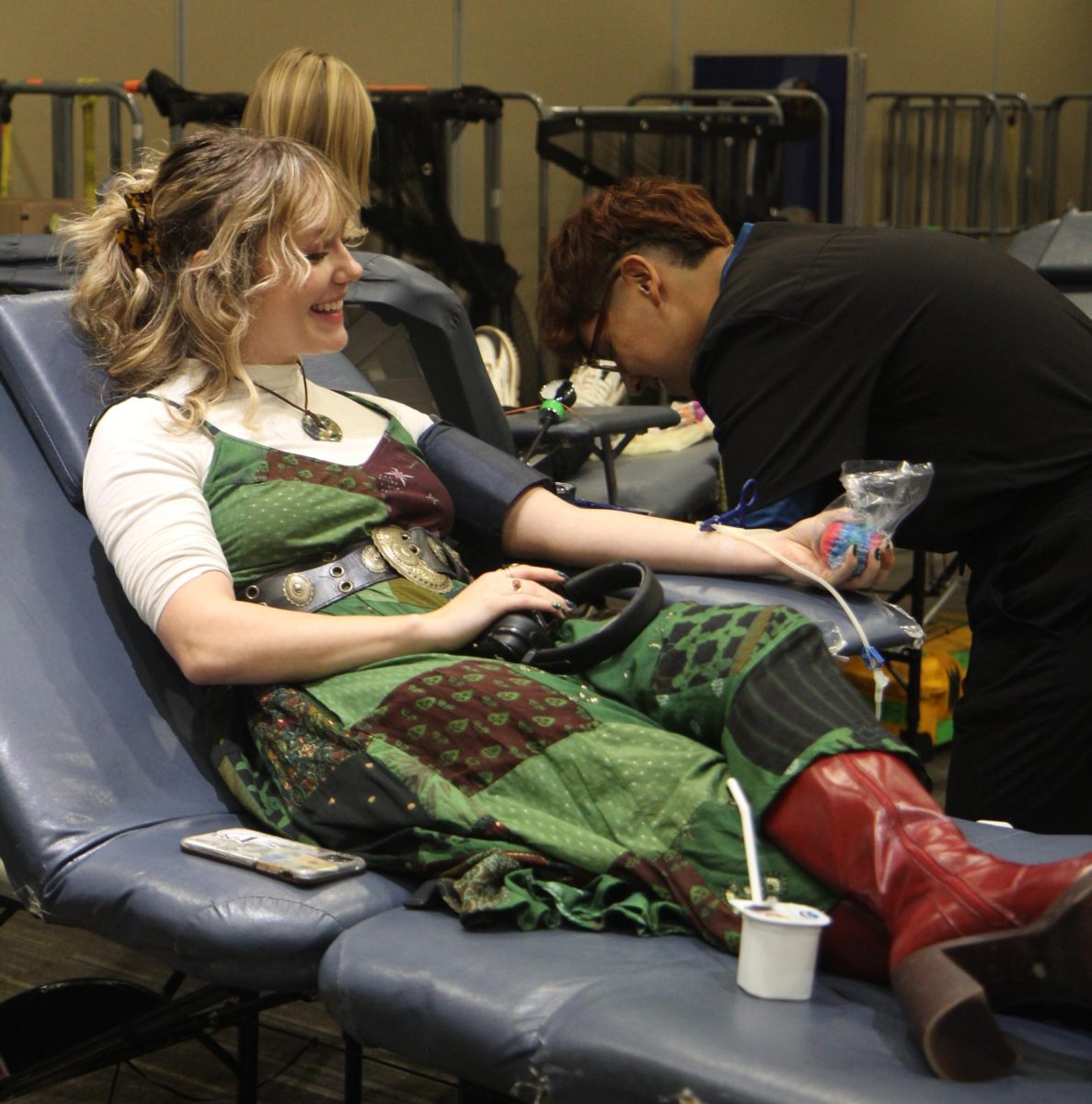The U.S. has shown a decrease in unemployment the past month, currently at 5.9 percent, a six-year low, but paychecks haven’t been growing, according to the AP.
Michael Edmondson, associate vice president for careers and development, said there are factors to be considered in the unemployment rate.
“If you’re still unemployed and you stop looking for work, you’re not counted in that (5.9 percent) figure. So what happens is the more people that are dropping out of looking for work actually lowers the unemployment rate, so you need to know that as you’re looking at the numbers,” says Edmondson.
According to CNN, the amount of jobs available to American workers has increased by 248,000 jobs, which is 68,000 more than the number of jobs added in August.
In August, 180,000 jobs were added, the first time the figures dropped below 200,00 since January. The number of Americans participating in the labor force is also now at its lowest point since 1978, at 62.7 percent.
There are a few other theories explaining the stagnant wages of American workers. One theory is that the younger generation of workers is accepting smaller wages than the older people they are replacing.
Another possible explanation for the disconnection between the decreasing unemployment rate and wages is that wage cuts from the recession can break employee morale, resulting in stagnant job pay.
“The types of employment that are growing, I don’t think are necessarily the most ideal types of positions that people are getting,” said Tristan Coughlin, assistant professor of economics. “So I think there’s a lot of underemployment, so folks who are counted as employed but perhaps not using all of their skills.”
But I do think wage rates will go up, I just, it’s usually a lag time between when unemployment falls and the wages tend to start rising.
Edmondson said more relevant figure to look at is the amount of job growth in the U.S. rather than the decrease of the unemployment rate, since there are so many unemployed people who have stopped looking for work. The number can give a false impression of how well the economy may or may not be doing.
“Since September 2013, there have been a lot of jobs that have been added, so it’s good that they are creating jobs,” says Edmondson. “You always want to see that jobs are being created, that’s really helpful, but the next question is how many have dropped out of the work force? And, more importantly, how many of those new jobs require a college degree?”
Coughlin said he thinks wages will go up, though, because there is usually a lag time between when unemployment falls and wages rise.
“I think students are actually in a pretty good position because the economy is a little bit stronger now than it has been in recent years,” said Coughlin. “So if you’re just coming out of college now, it’s looking better than it has in a while.”
But students should keep career opportunities open, Coughlin said.
“I would say, cast a wide net and be open to not necessarily getting the job that you plan on being your lifelong career right away,” he said. “It might take a couple of job changes along the way.”
Categories:
Faculty: Jobs rise, wages stall
October 18, 2014
0
Tags:
More to Discover

